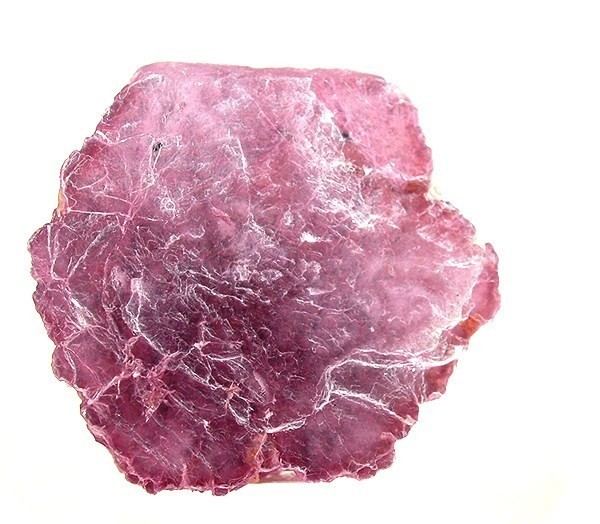Category Phyllosilicate Crystal system Monoclinic | Strunz classification 9.EC.20 Space group C2/m, Cm | |
 | ||
Formula(repeating unit) K(Li,Al)3(Al,Si,Rb)4O10(F,OH)2 Crystal class Prismatic (2/m)(same H-M symbol) | ||
Lepidolite is a lilac-gray or rose-colored member of the mica group of minerals with formula K(Li,Al,Rb)2(Al,Si)4O10(F,OH)2. It is the most abundant lithium-bearing mineral and is a secondary source of this metal. It is a phyllosilicate mineral and a member of the polylithionite-trilithionite series.
It is associated with other lithium-bearing minerals like spodumene in pegmatite bodies. It is one of the major sources of the rare alkali metals rubidium and caesium. In 1861 Robert Bunsen and Gustav Kirchhoff extracted 150 kg (330 lb) of lepidolite and yielded a few grams of rubidium salts for analysis, and therefore discovered the new element rubidium.
It occurs in granite pegmatites, in some high-temperature quartz veins, greisens and granites. Associated minerals include quartz, feldspar, spodumene, amblygonite, tourmaline, columbite, cassiterite, topaz and beryl.
Notable occurrences include Brazil; Ural Mountains, Russia; California, United States; Tanco Mine, Bernic Lake, Manitoba, Canada; and Madagascar.
